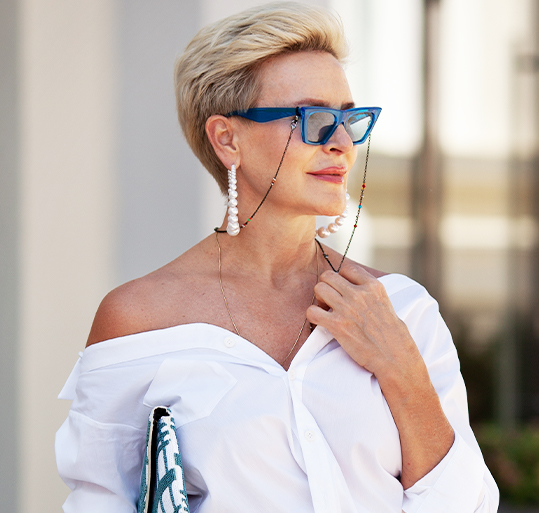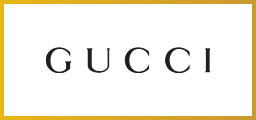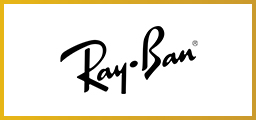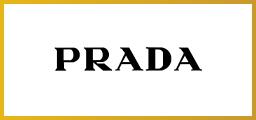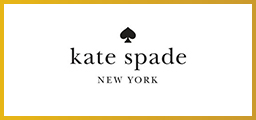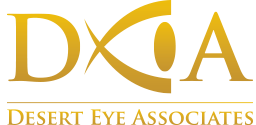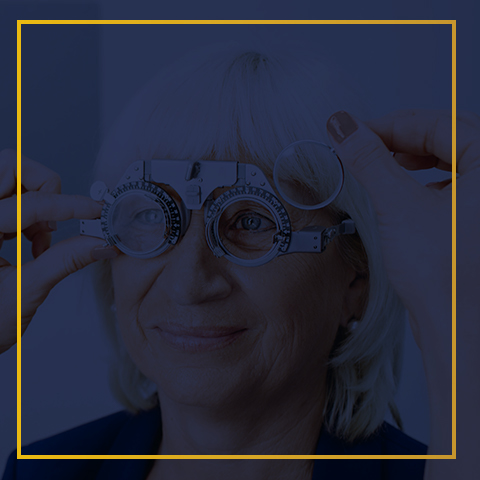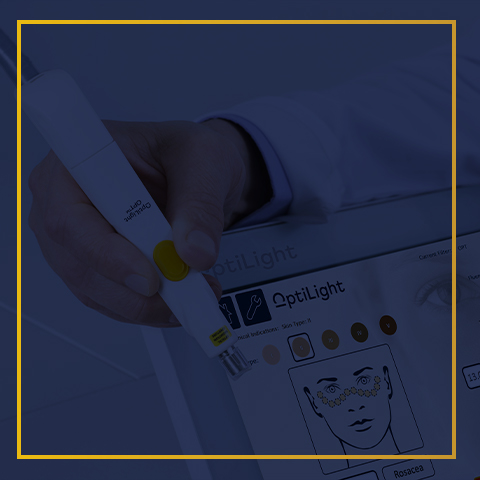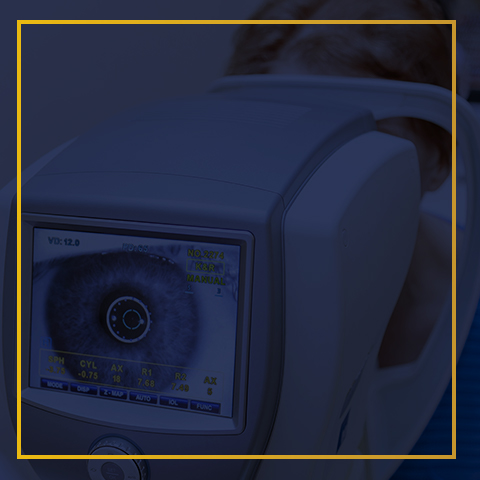Supporting Your Eye Health & Comfort
Dry eye can be challenging to deal with, and here in the desert, your eyes can be more sensitive to the effects and symptoms of dry eye. To help keep your eyes healthy and comfortable, we offer comprehensive dry eye treatment options.
Our dry eye treatments include intense pulsed light (IPL) therapy with OptiLight by Lumenis, BlephEx, meibomian gland expression, radiofrequency, and much more. We include dry eye screenings as a part of all eye exams for our patients and are focused on helping you find relief.
If you’re struggling with dry eye, don’t hesitate to contact us to schedule your appointment today.
Request Appointment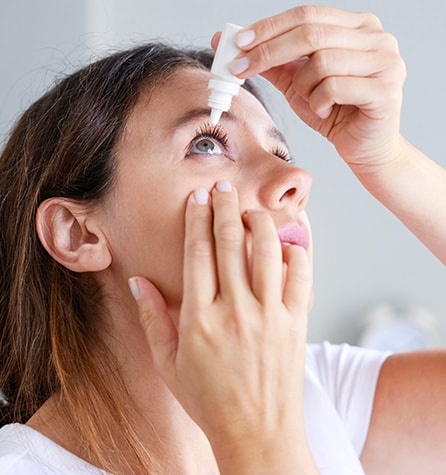

Your Tears & Dry Eye
Tear production plays an important role in preventing dry eye. Dry eyes can be triggered when something goes wrong with your tear production or the glands that create tears become inflamed.
Your tears are made of 3 layers:
- The oily outer layer
- The watery middle layer
- The inner mucus layer
We can examine your eyes and find a treatment to address the specific cause of your symptoms during your dry eye assessment.
The Signs & Symptoms of Dry Eye
Common symptoms of dry eye can include:
- Red eyes
- Crusty, sticky eyelids
- Watery eyes
- Periodic blurry vision
- A gritty, burning sensation
Meibomian Gland Dysfunction & Dry Eye
Inflammation of the glands that line your eyelids can lead to meibomian gland dysfunction (MGD). MGD can reduce oil production in your tears, causing your tear film to evaporate too quickly and leading to dryness.
When MGD occurs, the oils that your meibomian glands produce can thicken and clog the glands, resulting in inflammation, eyelid irritation, and dry eye symptoms such as watery eyes, eye irritation, and a scratchy sensation.
We can help treat MGD through meibomian gland expression and other treatment methods, such as IPL. OptiLight uses precise pulses of light to reduce the inflammation that is typically associated with dry eye disease, improve tear break-up time, and increase meibomian gland functionality.
What to Expect During Your Dry Eye Assessment
At Desert Eye Associates, we offer different dry eye testing methods to help determine if more extensive treatment options are needed to help you find relief.
Our dry eye assessments include tear film breakup time (TBUT) testing, Schirmer’s test, and dye testing. Our team uses the results of your testing to help find the right treatment option for your needs.
Subjective TBUT Testing
Tear film breakup time (TBUT) testing is a diagnostic method used to evaluate the stability of the tear film in individuals with dry eye syndrome.
During TBUT testing, a dye is administered onto your eye’s surface, and the length of time it takes for your tear film to destabilize is recorded. Testing TBUT helps our team examine your tear film quality and check for issues that may be causing your dry eye symptoms.
Schirmer’s Test
Schirmer’s test measures the amount of tears you’re producing by placing a small strip of filter paper inside your lower eyelid. The paper absorbs tears over a specific period, usually around 5 minutes, and the length of wetting is measured.
This test helps determine if your eyes are producing enough tears to keep them adequately lubricated and moist.
Dye Testing & Staining
Dyes and staining techniques are commonly used in the assessment of dry eye. Fluorescein and lissamine green dyes are 2 common types used to evaluate the health of your eyes’ surface, including your cornea and conjunctiva.
Who Can Get Dry Eye Disease?
Dry eye can affect anyone, regardless of age, gender, or race. However, certain risk factors may increase your chances of developing this condition, including:
- Spending a lot of time using digital screens
- Wearing contact lenses without proper care
- Using eye makeup daily
- Being 50 or older
Environmental factors can also play a part. People living in dry and windy places, like we do here in the desert, may be more likely to experience dryness and eye irritation due to environmental conditions.
Our Dry Eye Treatments
At Desert Eye Associates, we take dry eyes seriously. Our experienced team works with you to find a treatment option that addresses your individual needs and symptoms.
We offer a wide range of medical dry eye treatments, including:
- OptiLight by Lumenis
- Tempsure radiofrequency by Cynosure
- Punctal plugs
- Meibomian gland expression
- Eye masks
- Eye drops
- ZEST treatments
- BlephEx eyelid cleaning treatment
OptiLight by Lumenis
OptiLight by Lumenis is a light-based, noninvasive treatment done in the area below the eyes to manage dry eye. The first and only IPL FDA-approved for dry eye management.
The treatment is safe, gentle, and is backed by more than 20 clinical studies.
BlephEx
BlephEx is an in-office procedure that treats inflammation of the eyelids to provide much-needed relief. This inflammation can be caused by meibomian gland dysfunction and clogged oil glands.
BlephEx helps clean the accumulated bacterial biofilm and plaque along the edge of your eyelids and eyelashes to help unclog oil glands. The procedure lasts around 6–8 minutes, and you may feel a slight tickling sensation during treatment.
Meibomian Gland Expression
Meibomian gland expression may be able to help if you’re dealing with dry eye symptoms caused by meibomian gland dysfunction.
This noninvasive procedure involves applying gentle pressure to your eyelids and meibomian glands. Expressing the oil in your eyelids can help the quality and quantity of your tears improve, reducing dry eye symptoms such as irritation, fatigue, and watery eyes.
Punctal Plugs
Punctal plugs are small devices placed into tear ducts to block the drainage of tears, help keep your eyes moist, and stop your eyes from drying out too quickly.
Punctal plugs are a treatment method that can be effective for providing lasting relief from dry eye symptoms. Our team will work with you to determine whether punctal plugs are the right treatment option for your needs.
Medicated Eye Drops
Medicated eye drops can provide relief for those experiencing dry eye discomfort.
These eye drops contain active ingredients that work to reduce inflammation and promote the body’s natural tear production, making them an effective treatment option for dry eyes.
TempSure Envi
TempSure Envi is a radiofrequency treatment that targets clogged meibomian glands to improve your dry eye symptoms. It has an added side benefit of skin tightening.
During the procedure, a handpiece emits radiofrequency heat energy, clearing blockages in the meibomian glands and encouraging collagen and elastin production. This gentle and safe energy can alleviate symptoms of dry eyes caused by meibomian gland disease.
ZEST Treatments
ZEST treatments work by gently exfoliating your eyelids, helping remove debris, dirt, and dead cells. It also targets Demodex mites and can reduce inflammation. With its okra-based solution, ZEST can provide a soothing and refreshing experience for our patients.
One of the advantages of ZEST is that it can be used in the office or at home with the ZocuKit. This flexibility allows you to choose the treatment option that suits your needs and lifestyle.
Scleral Lenses for Dry Eyes
Scleral contact lenses are larger than traditional contacts and rest on your sclera—the white part of your eyes. These lenses can provide extra space over your cornea’s surface to improve breathability and create a fluid reservoir between your lens and cornea, which can help relieve dry eyes.
Scleral lenses can be an excellent option if traditional contact lenses aren’t compatible with your eyes due to issues like dry eye and keratoconus.
We offer fittings and contact lens options for hard-to-fit corneas to help you find comfortable, compatible contacts for your eyes.
What to Expect During Your Dry Eye Assessment
Dry eye can affect anyone, especially in dry California environments. Our team at Desert Eye Associates wants to help you find relief from dry eye symptoms through treatment options like OptiLight by Lumenis and BlephEx.
Don’t let dry eyes slow you down—contact us to schedule your appointment today.
Request AppointmentOur Location
Yucca Valley Office
- Phone: 760-342-6900
- Email: [email protected]
- 56970 Yucca Trail, #103
- Yucca Valley, CA 92284
Hours
- Monday: Closed
- Tuesday: 8:00 AM – 5:00 PM
- Wednesday: 8:00 AM – 5:00 PM
- Thursday: 8:00 AM – 5:00 PM
- Friday: 8:00 AM – 5:00 PM
- Saturday: Closed
- Sunday: Closed
Palm Desert Office
- Phone: 760-342-6900
- Email: [email protected]
- 37029 Cook Street, #105
- Palm Desert, CA 92211
Hours
- Monday: 8:00 AM – 5:00 PM
- Tuesday: 8:00 AM – 5:00 PM
- Wednesday: 8:00 AM – 5:00 PM
- Thursday: 8:00 AM – 5:00 PM
- Friday: 8:00 AM – 5:00 PM
- Saturday: Closed
- Sunday: Closed
Our Brands
